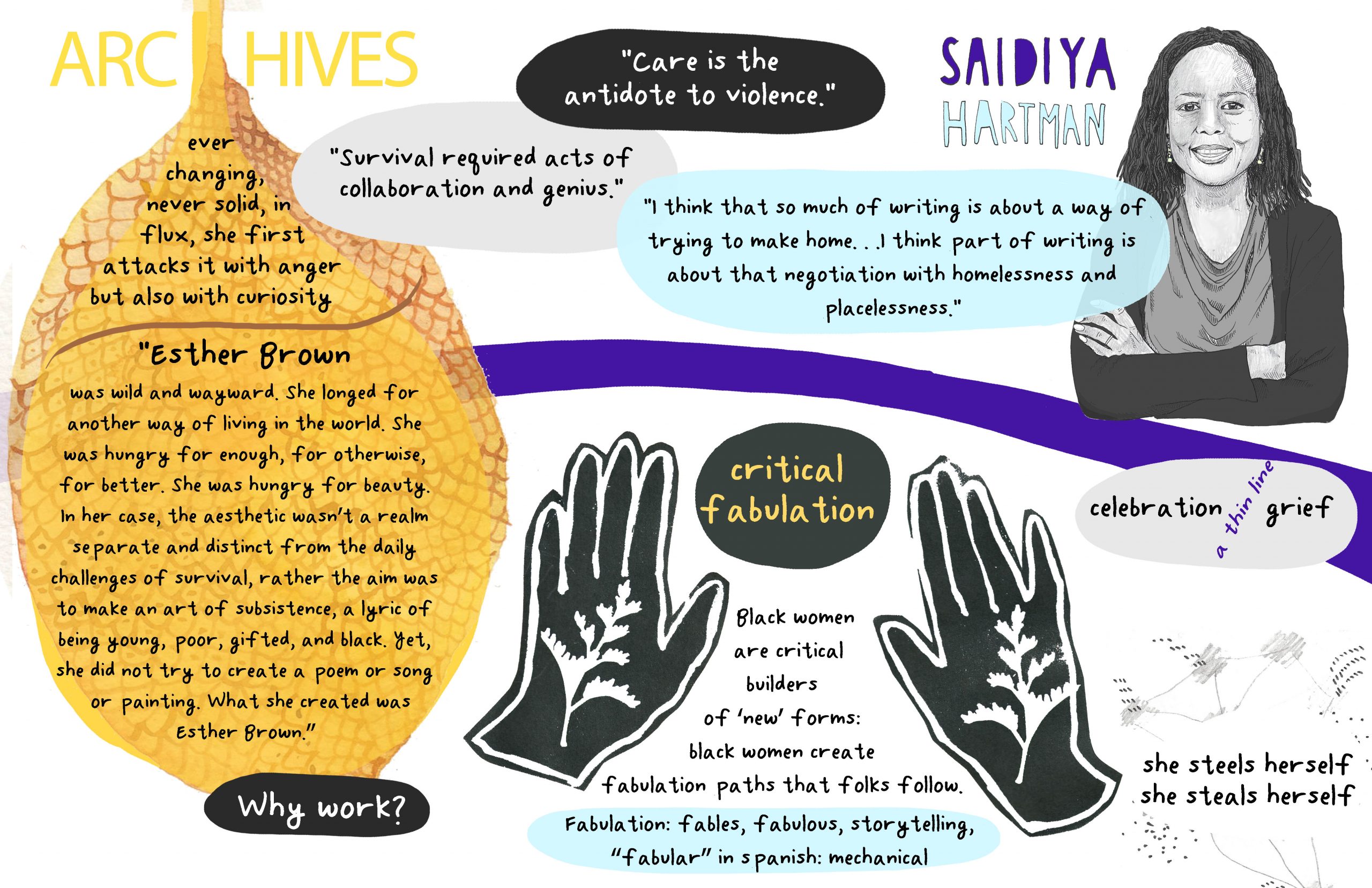On critical fabulation and the Library of Babel

I came across Saidiya Hartman’s writing on critical fabulation while trying to make sense of my own impulse to work with fragments, false starts, and speculative forms. Hartman’s work, rooted in the gaps and violences of Black history, is specific in its focus, and I don’t pretend that my experience is the same. What resonates for me is her method, her refusal to smooth over archival silence, and instead to stay with it, to write into the rupture without claiming to resolve it. That idea has shaped how I approach history speculation in my own work.
I use AI, sculpture, and traditional materials to create artifacts that feel like they come from another time, past or future, but that are really about the limits of the present. I’m not trying to recover the truth. I’m trying to examine how history is made, misremembered, and sometimes deliberately constructed. For me, critical fabulation offers a way to navigate that space: to work with absence without pretending to fill it, and to acknowledge that sometimes, all you can do is make the lie visible.
This intersects with Borges’ Library of Babel, a text that is also newly influential. Borges’ infinite archive suggests a collapse of meaning through excess, where every possible variation of a text exists and yet none of them offer certainty. In my work, I treat the archive as both material and metaphor—an unreliable narrator. The visual artifacts I create often resemble relics from imagined civilizations, yet they are built from digital misreadings, algorithmic variation, and personal research into historical forms.
I use AI as a flawed oracle. The images it produces are not endpoints but hypotheses – visual drafts that I translate into physical works using traditional and hybrid techniques such as ceramics, drawing, mosaic, and sculpture. This translation is essential. It creates a friction between simulation and the handmade, between the ephemeral and the enduring. It is in this friction that my work operates, between narrative and silence, invention and loss. My archive is not fixed. It is speculative, iterative, and deliberately unstable. And it is through this instability that I ask what gets remembered, what is buried, and what it means to fabricate the past in order to speak to the present.
References:
Hartman, Saidiya. Wayward Lives, Beautiful Experiments: Intimate Histories of Social Upheaval. New York: W.W. Norton & Company, 2019.
Borges, Jorge Luis. “The Library of Babel.” In Labyrinths: Selected Stories and Other Writings, edited by Donald A. Yates and James E. Irby, translated by James E. Irby, 51–58. New York: New Directions, 1964.
Foucault, Michel. The Archaeology of Knowledge. Translated by A. M. Sheridan Smith. New York: Pantheon Books, 1972.
Baudrillard, Jean. Simulacra and Simulation. Translated by Sheila Faria Glaser. Ann Arbor: University of Michigan Press, 1994.
Steyerl, Hito. “In Defense of the Poor Image.” e-flux Journal no. 10 (November 2009).